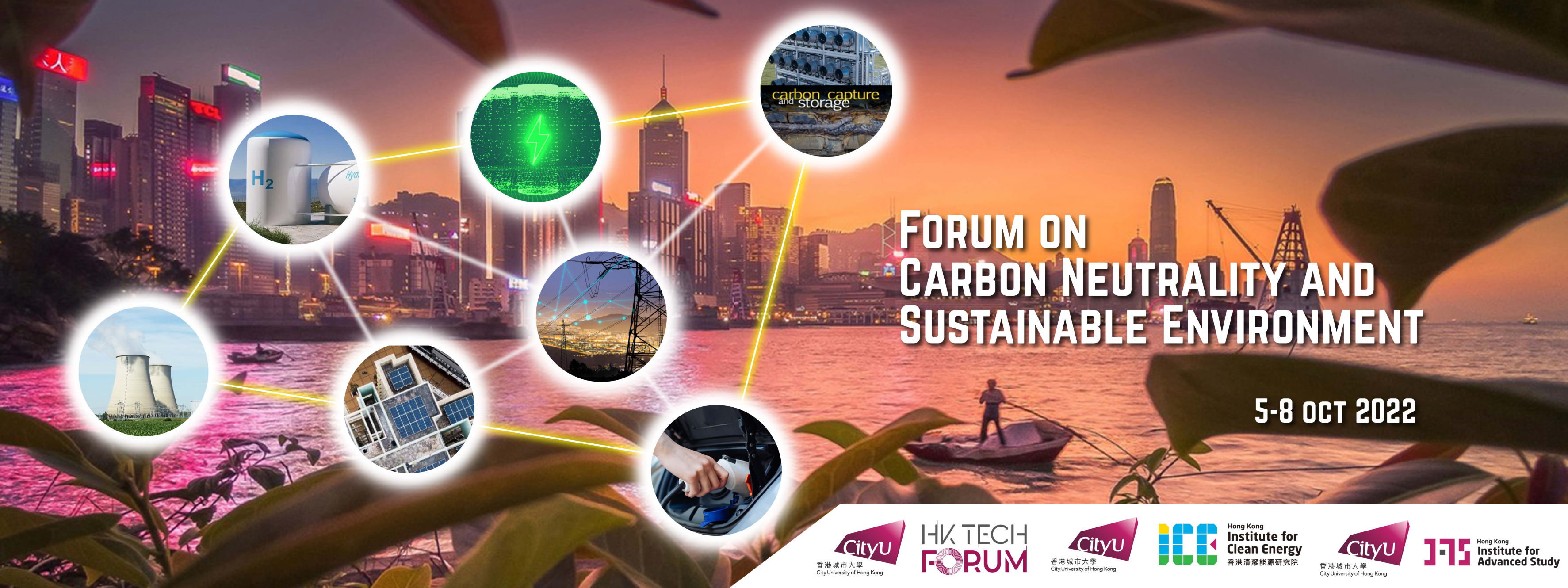Short Talk Speaker
Biography
Yun Hau Ng is a Professor at the School of Energy and Environment, City University of Hong Kong. He received his Ph.D (Chemistry) from Osaka University in 2009. After a brief research visit to Radiation Laboratory at University of Notre Dame, he joined the Australian Research Council (ARC) Centre of Excellence for Functional Nanomaterials at UNSW with APD fellowship in 2011. He became a lecturer (2014) and Senior Lecturer (2016) in the School of Chemical Engineering at the University of New South Wales (UNSW) before joining City University of Hong Kong in 2018.
His research is focused on the development of novel photoactive semiconductors (particles and thin films) for sunlight energy conversion, including hydrogen generation from water and conversion of carbon dioxide to solar fuels. He was awarded the Honda-Fujishima Prize in 2013 by the Electrochemical Society of Japan in recognition of his work in the area of photo-driven water splitting. He was also selected as Emerging Investigator in Energy Materials by the RSC Journal of Material Chemistry A in 2016. In 2018, he received the Distinguished Lectureship Award from the Chemical Society of Japan. In 2019, He was awarded APEC Science Prize for Innovation, Research and Education (ASPIRE) in Chile for his work in artificial photosynthesis. He is also the recipient of the Japanese Photochemistry Association Kataoka Lectureship Award for Asian and Oceanian Photochemist 2021. He has published over 200 peer-reviewed research articles (including Nature Catalysis, JACS, Angewandte Chemie, Advanced Materials, Energy & Environmental Science, Chemical Society Reviews, Chemical Reviews and etc) with >18,000 citations.
Photoexcited Charge Transportation in Oxide Photocatalyst for Water Splitting
Yun Hau NG 1, 2
Keywords: Water splitting, hydrogen generation, solar fuels, photocatalyst
Abstract
Hydrogen production from photocatalytic water splitting under visible light has been considered a potential alternative to make solar energy storable and transportable. Oxide photocatalysts are perhaps the most popular and promising class of materials for water splitting, either via photocatalytic or photoelectrochemical pathways. Typically, oxide photocatalysts possess deep and energetic valance band, endowing them with impressive oxidative performance (such as water oxidation to O2, oxidative organic degradation). The conduction band of oxides is relatively mild in reducing capability and often in needs of other modification (such as doping and introduction of co-catalyst). By manipulating the band structures of photocatalysts, the redox performance can be improved and the product selectivity can be modulated. Our group is interested in the phenomena of charge transportation in semiconductors upon photoexcitation. Fascinated by its complexity, the tuning of band structure to strengthening or weakening certain half reaction of redox, together with the design of defects or surface states on photocatalyst, photoexcited electron-hole pairs can experience distinctive transportation behaviour. Those impacts can be used constructively in the targeted redox reaction (in this case, water splitting). Collectively studied over previous years, the group has accumulated some experience in understanding and controlling the charge behaviour of oxide photocatalyst.
In this talk, a general strategy in improving the shuttling of charges in bismuth vanadate (BiVO4) will firstly be shared. Facet engineering and nanoscaling are generally adopted by the community. Subsequently, the originally weak conduction band of BiVO4 can be uplifted through the introduction of quantum confinement effect. Conduction band is lifted sufficiently to enable proton reduction for H2 generation. The original incapability in hydrogen production of BiVO4 has now been extended into efficient hydrogen evolution. By careful surface functionalisation with suitable co-catalyst, overall water splitting using only BiVO4 is achievable. Insights on such materials engineering will be discussed more thoroughly in the presentation.
References
[1] H. Wu, H. L. Tan, C. Y. Toe, J. Scott, L. Wang, R. Amal, Y. H. Ng, Advanced Materials, 32 (18), 1904717 (2020)
[2] H. Wu, R. Irani, K. Zhang, L. Jing, H. Dai, H. Y. Chung, F. F. Abdi, Y. H. Ng, ACS Energy Letters 6 (10), 3400-3407 (2021)

